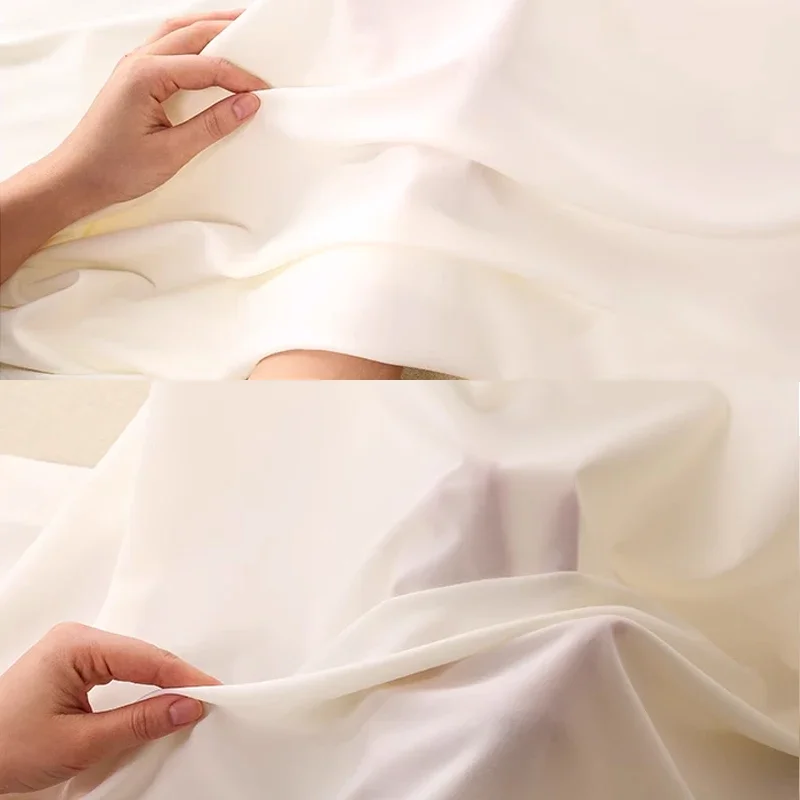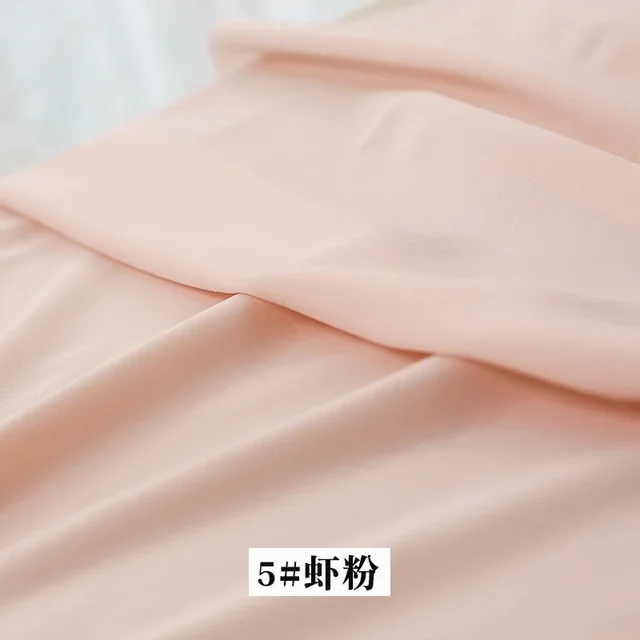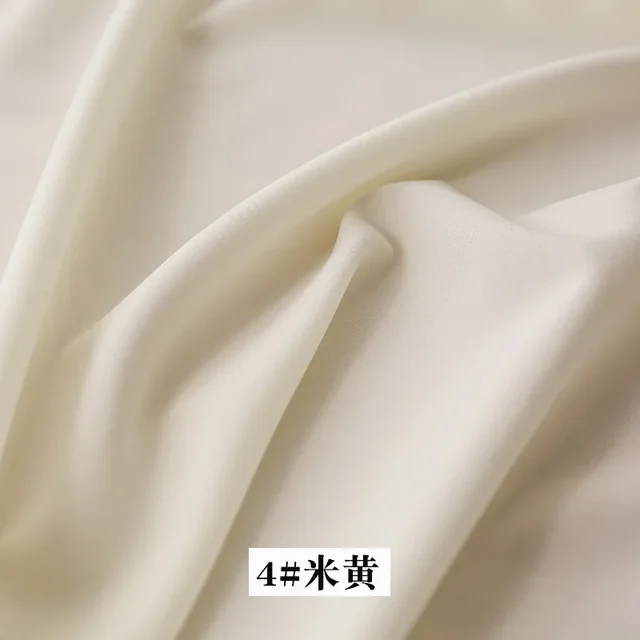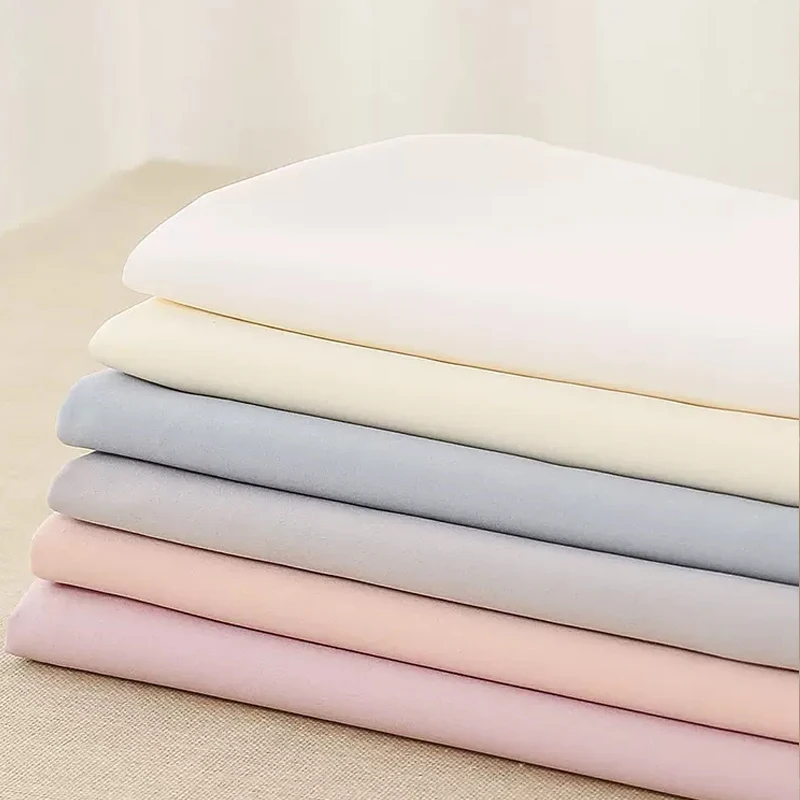Water stains on fabric can be frustrating, appearing as unsightly marks that seem difficult to remove. Whether from rain, spills, or other sources, these stains can mar the appearance of clothing, upholstery, or other textiles. Fortunately, with the right techniques and products, you can effectively treat and remove water stains to restore your fabrics to their pristine condition. This comprehensive guide will walk you through various methods and tips to tackle water stains on different types of fabric.
Understanding Water Stains: Types and Causes
Water stains on fabric can manifest in various forms, from light discoloration to more pronounced rings or spots. These stains are typically caused by mineral deposits or impurities in water, which become visible as the water evaporates. Factors such as fabric type, water quality, and how quickly the stain is addressed can influence its severity. Understanding the type and cause of the water stain is crucial for selecting the appropriate removal method.
Preparing to Treat Water Stains: Materials Needed
Before you begin the stain removal process, gather the necessary materials. Depending on the fabric and stain severity, you may need items such as white vinegar, baking soda, mild detergent, clean cloths or paper towels, a soft-bristled brush, and possibly specialized stain removers designed for fabrics. Having these supplies on hand ensures you can address water stains promptly and effectively without causing further damage to the fabric.

General Guidelines for Treating Water Stains
Regardless of the fabric type, certain general guidelines apply when treating water stains. Begin by blotting excess moisture gently with a clean cloth or paper towel to prevent spreading the stain further. Avoid rubbing vigorously, as this can embed the stain deeper into the fabric fibers. Work from the outer edges of the stain towards the center to contain it. Test any cleaning solution or method on a small, inconspicuous area of the fabric first to ensure compatibility and to check for any adverse reactions.
Removing Water Stains from Specific Fabric Types
Different fabrics require specific approaches to effectively remove water stains:
- Cotton and Linen: These natural fibers are generally durable but can absorb water stains deeply. Treat with a mixture of vinegar and water, followed by laundering as usual.
- Wool and Silk: More delicate fabrics like wool and silk require gentler treatment. Blot with a mixture of mild detergent and cool water, then air dry. Avoid excessive agitation.
- Synthetics (Polyester, Nylon): These fabrics are more resistant to water stains but can still benefit from blotting and treatment with a diluted vinegar solution or specialized stain remover.
Special Techniques for Stubborn Water Stains
For persistent or older water stains that have set into the fabric:
- White Vinegar Soak: Create a solution of equal parts vinegar and water. Soak the stained area for 15-30 minutes, then rinse thoroughly and launder as usual.
- Baking Soda Paste: Mix baking soda with water to form a paste. Gently rub onto the stain, let sit for 15 minutes, then rinse and launder.
- Commercial Stain Removers: Follow manufacturer instructions for specialized stain removers designed for specific fabric types. These products can be effective for stubborn stains but should be used cautiously according to guidelines.

Tips for Preventing Water Stains in the Future
Preventative measures can help minimize the occurrence of water stains on fabric:
- Waterproofing Treatments: Apply waterproofing sprays or treatments to fabrics such as outerwear or upholstery to repel water and minimize absorption.
- Immediate Attention: Address water stains promptly by blotting excess moisture and treating with appropriate cleaning solutions as soon as possible.
- Regular Maintenance: Launder or dry clean fabrics according to care instructions to maintain their condition and resilience against stains.
General Guidelines for Treating Water Stains
Regardless of the fabric type, certain general guidelines apply when treating water stains. Begin by blotting excess moisture gently with a clean cloth or paper towel to prevent spreading the stain further. Avoid rubbing vigorously, as this can embed the stain deeper into the fabric fibers. Work from the outer edges of the stain towards the center to contain it. Test any cleaning solution or method on a small, inconspicuous area of the fabric first to ensure compatibility and to check for any adverse reactions.
Removing Water Stains from Specific Fabric Types
Different fabrics require specific approaches to effectively remove water stains:
- Cotton and Linen: These natural fibers are generally durable but can absorb water stains deeply. Treat with a mixture of vinegar and water, followed by laundering as usual.
- Wool and Silk: More delicate fabrics like wool and silk require gentler treatment. Blot with a mixture of mild detergent and cool water, then air dry. Avoid excessive agitation.
- Synthetics (Polyester, Nylon): These fabrics are more resistant to water stains but can still benefit from blotting and treatment with a diluted vinegar solution or specialized stain remover.

Special Techniques for Stubborn Water Stains
For persistent or older water stains that have set into the fabric:
- White Vinegar Soak: Create a solution of equal parts vinegar and water. Soak the stained area for 15-30 minutes, then rinse thoroughly and launder as usual.
- Baking Soda Paste: Mix baking soda with water to form a paste. Gently rub onto the stain, let sit for 15 minutes, then rinse and launder.
- Commercial Stain Removers: Follow manufacturer instructions for specialized stain removers designed for specific fabric types. These products can be effective for stubborn stains but should be used cautiously according to guidelines.
Tips for Preventing Water Stains in the Future
Preventative measures can help minimize the occurrence of water stains on fabric:
- Waterproofing Treatments: Apply waterproofing sprays or treatments to fabrics such as outerwear or upholstery to repel water and minimize absorption.
- Immediate Attention: Address water stains promptly by blotting excess moisture and treating with appropriate cleaning solutions as soon as possible.
- Regular Maintenance: Launder or dry clean fabrics according to care instructions to maintain their condition and resilience against stains.
Tips for Preventing Water Stains in the Future
Preventative measures can help minimize the occurrence of water stains on fabric:
- Waterproofing Treatments: Apply waterproofing sprays or treatments to fabrics such as outerwear or upholstery to repel water and minimize absorption.
- Immediate Attention: Address water stains promptly by blotting excess moisture and treating with appropriate cleaning solutions as soon as possible.
- Regular Maintenance: Launder or dry clean fabrics according to care instructions to maintain their condition and resilience against stains.
Conclusion: Restoring Fabric to Its Original Condition
Successfully removing water stains from fabric involves understanding the stain’s nature, selecting appropriate treatment methods, and exercising care to avoid damaging the fabric. By following the guidelines and techniques outlined in this article, you can effectively restore your fabrics to their original condition and prevent future stains. Remember to tailor your approach based on the fabric type and severity of the stain for optimal results. With diligence and the right tools, you can enjoy clean, stain-free fabrics that look and feel their best.
Conclusion: Restoring Fabric to Its Original Condition
Successfully removing water stains from fabric involves understanding the stain’s nature, selecting appropriate treatment methods, and exercising care to avoid damaging the fabric. By following the guidelines and techniques outlined in this article, you can effectively restore your fabrics to their original condition and prevent future stains. Remember to tailor your approach based on the fabric type and severity of the stain for optimal results. With diligence and the right tools, you can enjoy clean, stain-free fabrics that look and feel their best.









